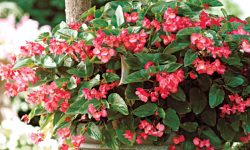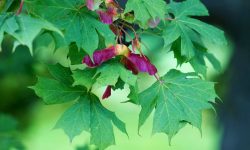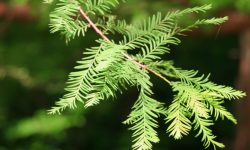I have been a tree enthusiast for over two decades, and the experience has made my skills for tree identification look easier than before. Different tree species have distinct leaf shapes and sizes for easy classification.
Trees identification based on leaf shape and size may sound simple, but you might need to dive deeper into their characteristics. This article provides detailed insights into different types of tree leaves with their characteristics.
Different Types of Tree Leaves with Names and Pictures
The basic leaf types are needle, broadleaf, and scale. But leaf morphology has created many ways to identify different trees and plants. Here are the main types of tree leaves with names and pictures:
Leaf Shape
This category involves the classification of leaves based on the shape of their edges. Here is a list of common shapes of tree leaves:
Lobed Tree Leaves
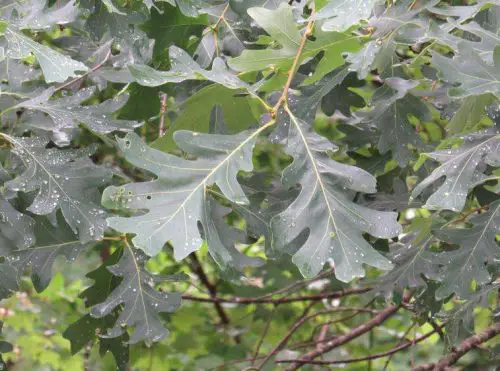
These are leaves with earlobe-like shapes on a single leaf. The indentations can be deep or shallow depending on the tree species.
The sinus is the space between the two lobes on a leaf. Examples of trees with lobed leaves are maple and oak. But maple trees have leaves with pointed lobes while oak have rounded lobes.
Unlobed (Entire) Tree Leaves
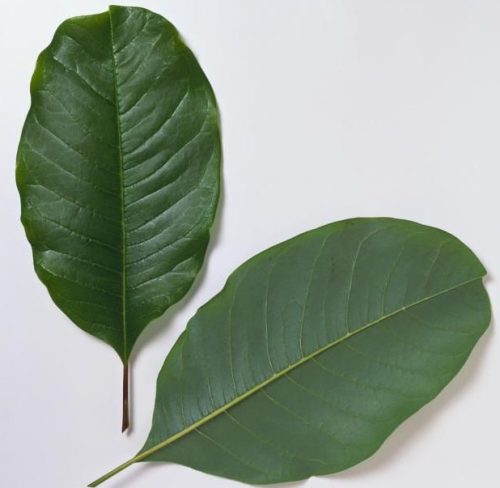
Entire leaves are those that are rounded or oval-shaped. The margin is usually smooth and round without distinctive features.
Magnolia trees are among a few species with entire leaves. The smooth edges are the special features for easy identification.
Toothed Tree Leaves

These leaves have serrated margins or tooth-like edges. Some serrated margins are more visible than others depending on the tree species.
Some types of toothed tree leaves have softer edges that are rounded than others. Examples of trees with toothed leaves are chestnuts, hazel, elm, ash, and rowan trees.
Cuneate Tree Leaves
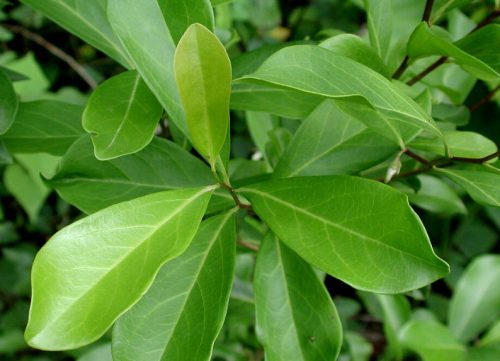
These leaves have a wedged-shaped at the bottom that forms an acute angle on their base. Gray dogwood, star magnolia, and white oak are examples of trees with cuneate leaves.
Oblique Tree Leaves
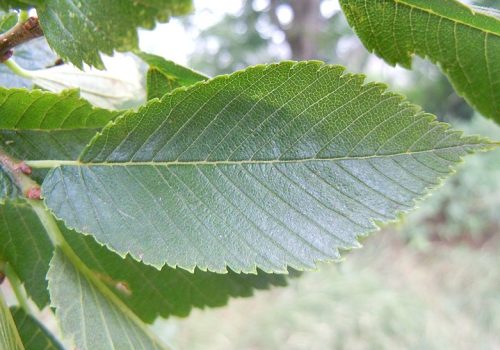
These are triangular-shaped leaves with unequal bases. Most of the bases have one side that is longer, wider, or rounder than the other. These types of tree leaves are quite rare due to their oblique basal forms.
Spatulate Tree Leaves
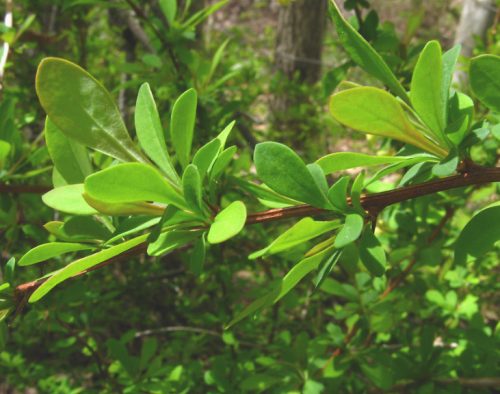
These leaves are long with thin regions attached to the branch. The broad tops are the distinguishing features of their lanceolate counterparts. The water oak tree is an example of a tree with spatulate leaves.
Lyrate Tree Leaves
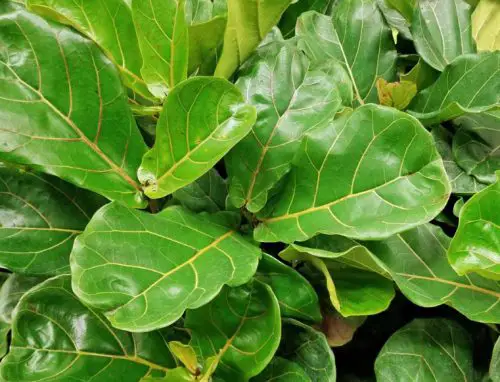
These leaves have a similar shape to the lyre which is an ancient Greece musical instrument. The broad base extends upward and widens slightly towards the top. Examples of trees with lyrate leaves are ficus, overcup oak, and chocolate flower.
Orbicular Tree Leaves
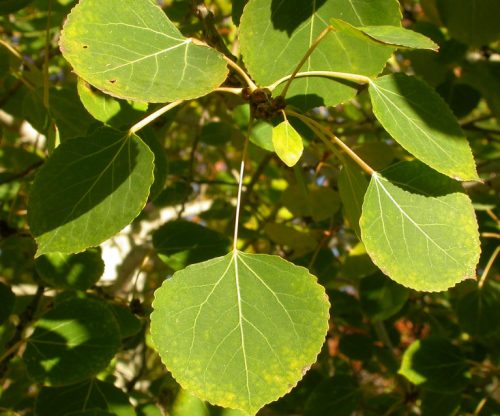
These leaves have circular to near-circular shapes without divisions. Examples of trees with orbicular-shaped leaves are purple common trees, quaking aspen, and cranberry cotoneaster.
Acicular Tree Leaves
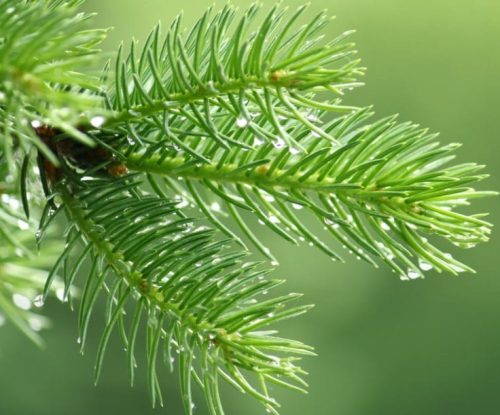
These are needle-like leaves common in many conifer trees. Examples of trees with needle-like leaves are pine, cedar, and fir.
Lanceolate Tree Leaves
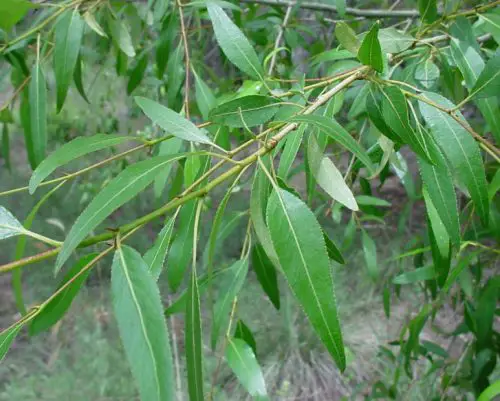
These are long leaves with lance-shaped heads. The leaf starts thin at its pedicels and widens at the top point before tapering. Willow trees are examples of trees with lanceolate leaves.
Cordate Tree Leaves
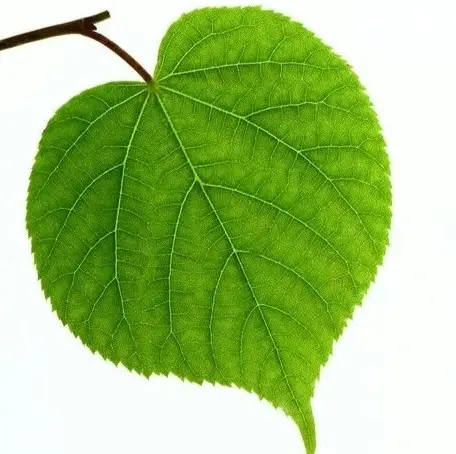
These heart-shaped leaves have a deep indent where the leaf meets the midrib. The region ends up looking like the top of the heart. Examples of trees with cordate leaves are the eastern redbud, little leaf linden, and katsura tree.
Oblong Tree Leaves
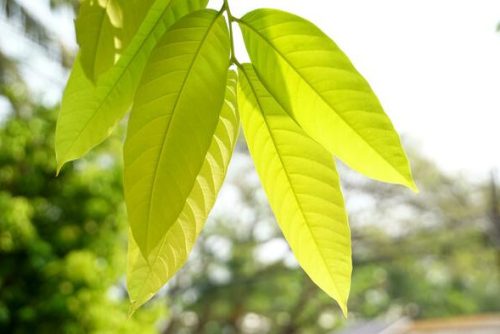
These leaves have rounded ends with parallel sides and the sides are considerably longer than the ends. Boxwood, citrus, and some apple tree species are examples of trees with oblong leaves.
Elliptical Tree Leaves
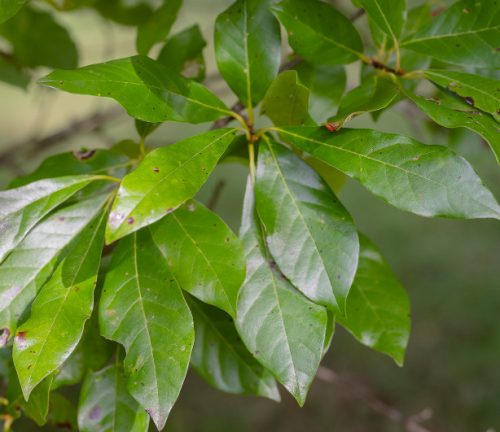
These leaves have ellipse or flattened oval shapes with sides that are not parallel. Some leaves have rounded tops and others have slightly pointed tops. The Blackgum tree is the only example of a tree with elliptical leaves.
Leaf Arrangement
Phyllotaxis is a botanical term used to describe leaf arrangement on the stem. It is also a common tree leaf identification method. Below are the most popular categories of tree leaf arrangement:
Simple Tree Leaves
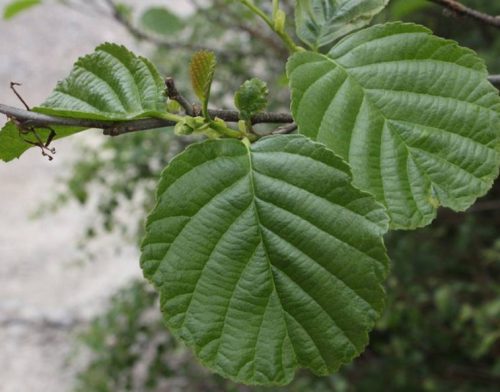
Simple leaves are usually joined to the stem via a petiole without any divisions. A simple leaf has four parts such as lamina, petiole, stipules, and base. Examples of trees with simple leaves are maples, oregano, and hibiscus.
Compound Tree Leaves
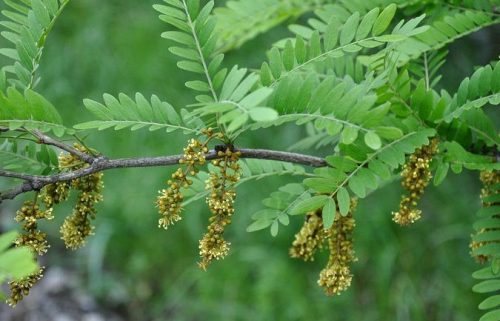
The leaf blade is divided into many leaflets. These leaflets join to the stem via a petiole and have unique arrangements depending on the tree species. Compound leaves have been further classified into the following:
Pinnate Leaves
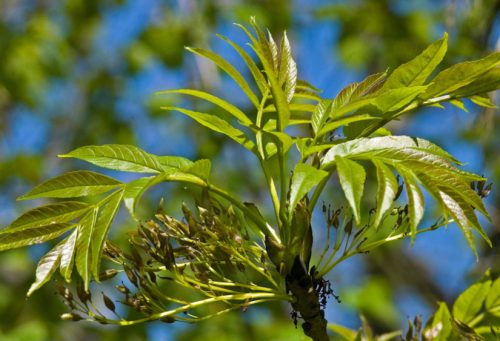
The leaflets of the compound leaf grow on each side to form a feather-like arrangement. Ash, pecan, walnut, and hickory are types of trees with pinnate leaves.
Palmate Leaves
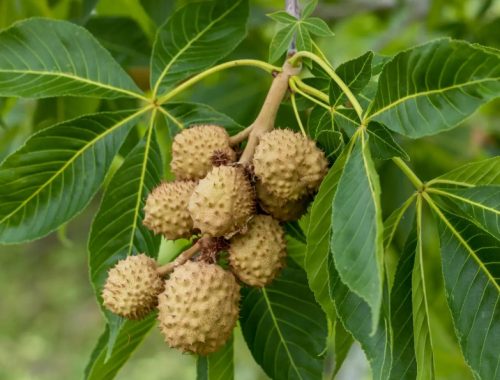
These leaves have numerous leaflets growing at the end of the leaf stalk. These compound leaves have an appearance similar to the hand with palms and fingers. Horse chestnuts and buckeye trees are examples of trees with palmate leaves.
Bipinnate Leaves
This compound leaves look-like fern leaves. They have a number of secondary stems that have leaflets growing in opposite arrangements.
Basal Arrangement
It is a type of leaf arrangement where the leaves arise from the base of the plant. Old leaves occur at the bottom and need to be trimmed to divert nutrients to the new foliage.
Basal leaf arrangement is common in perennial plants such as pulmonaria. You can also notice this leaf arrangement among indoor ornamental trees.
Rosette Arrangement
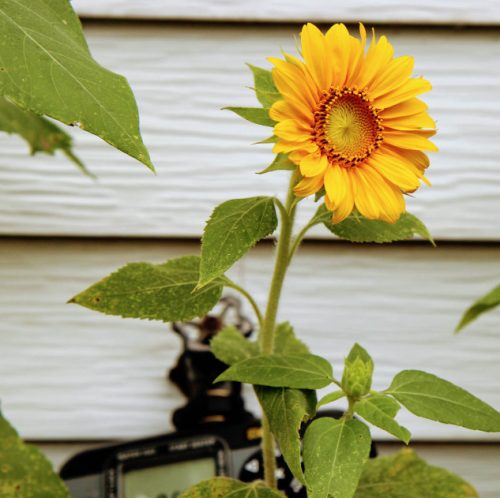
It comprises a dense radiating cluster of leaves at the base of the plant. Examples of trees with rosette leaf arrangements are sunflowers, asters, and dandelions.
The leaves are usually arranged in two rows on opposite sides of the stem. Some botanists also called this arrangement a two-ranked tree leaf arrangement.
Opposite Leaf Arrangement
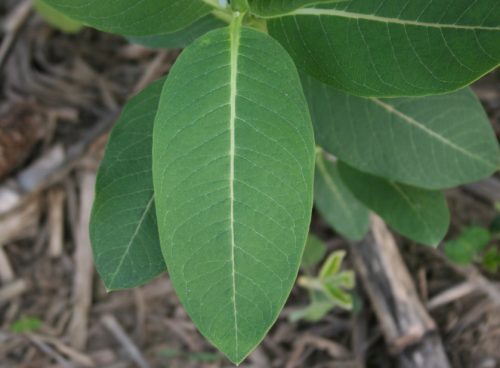
These types of tree leaves arise from the same node on the opposite side of the stem. The leaf arrangement is further subdivided into decussate and distichous.
Decussate is a leaf arrangement where the succeeding pair of leaves are at a right angle to the pairs above or below like maple, mint, and milkweeds.
Whorled Leaf Arrangement
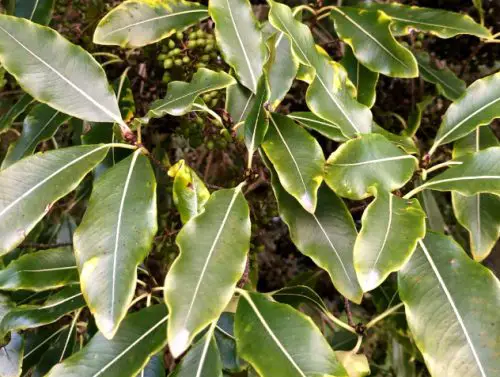
It is a type of leaf arrangement where three or more leaves are attached to a single node. It is also called the verticillate arrangement.
Examples of plants with whorled leaf arrangements are blackboard trees, lemonwood, mountain laurels, and Japanese clethra.
Leaf Modification/Function
Photosynthesis is a vital function of all types of tree leaves. But some trees have further modified their leaves to perform certain functions and for better tree identification.
Storage Tree Leaves
Some trees have thick and succulent leaves for water storage. The cells of these leaves are usually filled with hydrophilic colloids.
Tree Leaf Tendrils
Trees with weak stems usually develop tendrils to provide support. These modified leaves wrap around other plants to help the tree reach the sunlight.
Final Thoughts from Expert
The diversity of tree leaves plays a crucial role in the beauty and functionality of our natural world. The myriad types of tree leaves serve as a testament to the adaptability and resilience of trees in various environments.
The variation in leaf shapes, sizes, colors, and textures not only contributes to the aesthetic appeal of forests and landscapes but also provides important ecological functions. Leaves act as vital energy converters.
People Who Read This Also Read:

